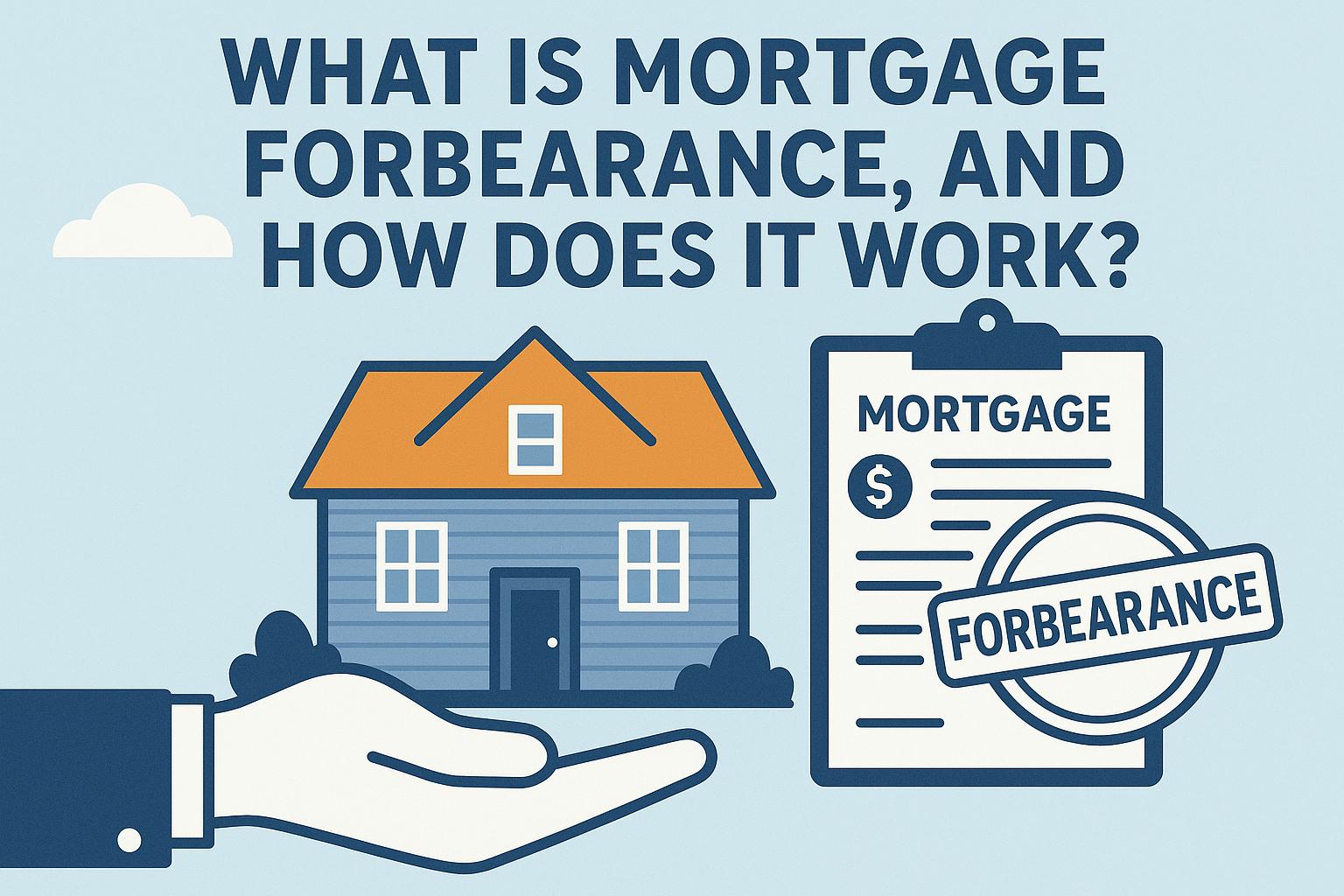
Mortgage forbearance is a significant option available to borrowers facing financial difficulties. When life presents unexpected challenges such as the loss of employment or unanticipated medical emergencies, maintaining regular mortgage payments can become a substantial burden. Forbearance offers a temporary reprieve, allowing homeowners some breathing space as they navigate through financial instability. Under this arrangement, lenders permit a reduction or complete suspension of mortgage payments for a predefined duration, while the original terms of the mortgage, including the interest rates, remain unchanged.
The essence of mortgage forbearance lies in the lender’s willingness to modify payment terms without altering the core conditions of the loan itself. Entering a forbearance agreement involves a mutual understanding between the borrower and the lender where regular payments can be reduced or paused. It is crucial to recognize that forbearance does not equate to debt forgiveness. The responsibility to fulfill the mortgage obligations is only deferred, not eliminated, meaning that eventual repayment of the deferred amounts is still required.
Duration: A pivotal element of the forbearance agreement is the duration. Typically, the length of forbearance is subject to negotiation, tailored to the borrower’s circumstances, and adheres to the lender’s specific policies. This period usually ranges from a few months up to a year, providing necessary respite to regain financial footing.
Payment Modification: During the forbearance period, borrowers might experience a temporary reduction in their payments, or in some cases, a complete pause. The deferred payments are not forgotten; instead, they get added to the latter part of the loan term, or arrangements are made to settle them in a lump sum when forbearance concludes.
Interest Accumulation: A common misconception about forbearance is that it halts interest accumulation. However, interest generally continues to accrue on the outstanding loan balance throughout the forbearance duration. This aspect may result in an increased overall cost of the mortgage. Borrowers should clarify how interest is treated in their specific forbearance terms to avoid any surprises.
For those contemplating mortgage forbearance due to economic hardship, the path forward involves several strategic steps:
1. **Review Your Mortgage Agreement:** Begin by thoroughly examining your existing mortgage documents to comprehend your rights, obligations, and any existing provisions pertinent to forbearance.
2. **Engage with Your Lender:** Initiate a conversation with your mortgage lender to explore potential forbearance options. Prepare to substantiate your financial hardship with relevant documentation, such as current income statements or evidence of unemployment benefits.
3. **Secure Clear Terms:** Gaining clear insights into the forbearance terms proposed by your lender is vital. These terms will outline the length of forbearance and the repayment plans post-forbearance. Ensure all agreements are documented in writing and preserve all communication records with your lender for future reference.
While mortgage forbearance provides temporary relief, it might not necessarily be the most suitable solution for every borrower. Exploring alternative strategies could offer a better fit:
– **Loan Modification:** This approach revises the original terms of your mortgage, potentially lowering monthly payments.
– **Refinancing:** Taking advantage of new, possibly lower interest rates could reduce your monthly financial burden.
– **Mortgage Assistance Programs:** Various programs, especially those offered by government agencies or non-profits, can offer tailored support for homeowners in distress.
Seeking further knowledge and advice from reputable sources can be immensely beneficial. Consider resources like the Consumer Financial Protection Bureau that provide guidance on navigating mortgage challenges during financial strains.
Comprehending how mortgage forbearance operates and assessing viable options is vital to making informed choices that impact your financial health. This understanding helps safeguard against future uncertainties and ensures a structured pathway to achieving fiscal stability. Getting a handle on these provisions allows you to approach financial adversity with more confidence and clarity.
This article was last updated on: November 20, 2025